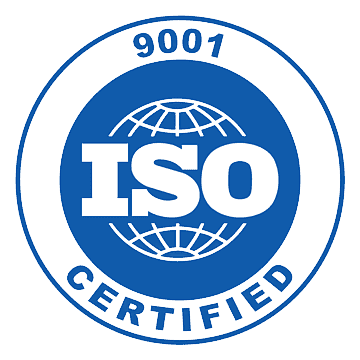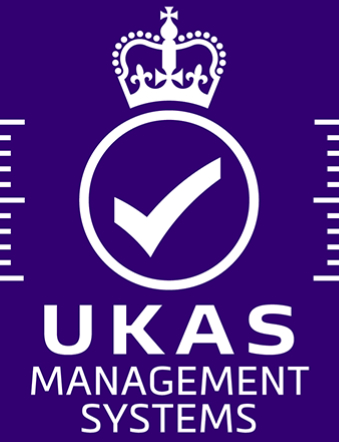When looking for a new manufacturing partner, it’s important to take the time to evaluate and clearly define your company’s needs and goals. Here’s a selection of questions you could ask yourself before beginning your search:
What type of products do you need your manufacturing partner to produce? The type and range of products you need can help you narrow your search, as certain manufacturers may have more experience or capabilities in certain areas. Do you need an injection moulding partner, or an electronics assembly partner? Maybe you need to find a single supplier that can offer both?
What are your production requirements? Consider production volume, lead-time, and the quality standards that you will need your manufacturing partner to meet. This will help you to narrow down your search and ensure that potential partners are capable of meeting your needs.
What certifications or standards does your manufacturing partner need to meet? If your products need to meet certain industry or government standards, you will want to make sure your potential partners have the necessary certifications.
What is your budget for manufacturing? This will help you to determine if a potential partner will supply within your commercial constraints.
What kind of relationship are you looking for? Service levels differ, from consignment manufacturing to turnkey manufacturing. Consider which model best fits your company’s goals. Consignment manufacturing allows you a more hands-on approach, keeping in-house control over certain aspects of the process, such as component procurement and supply-chain management. Turnkey manufacturing will offer you an end-to-end full-service solution, saving you time and taking advantage of your manufacturing partner’s buying power.
What location would you like to manufacture in? Would you prefer a manufacturing partner with local production facilities, allowing you to keep close tabs on the production process and simplify logistics, or would you prefer partners with manufacturing capabilities further afield, offering higher volume capacity and lower costs.
What kind of customer service and communication do you expect? How responsive and communicative do you expect your partner to be? Clear communication can prevent delays and misunderstandings that may impact your production schedule.
Answering these questions will help you to better understand your own needs, and will make it easier to evaluate potential manufacturing partners. This will also help you to create a list of ideal requirements and characteristics for a manufacturing partner that will match your company’s needs and goals.





